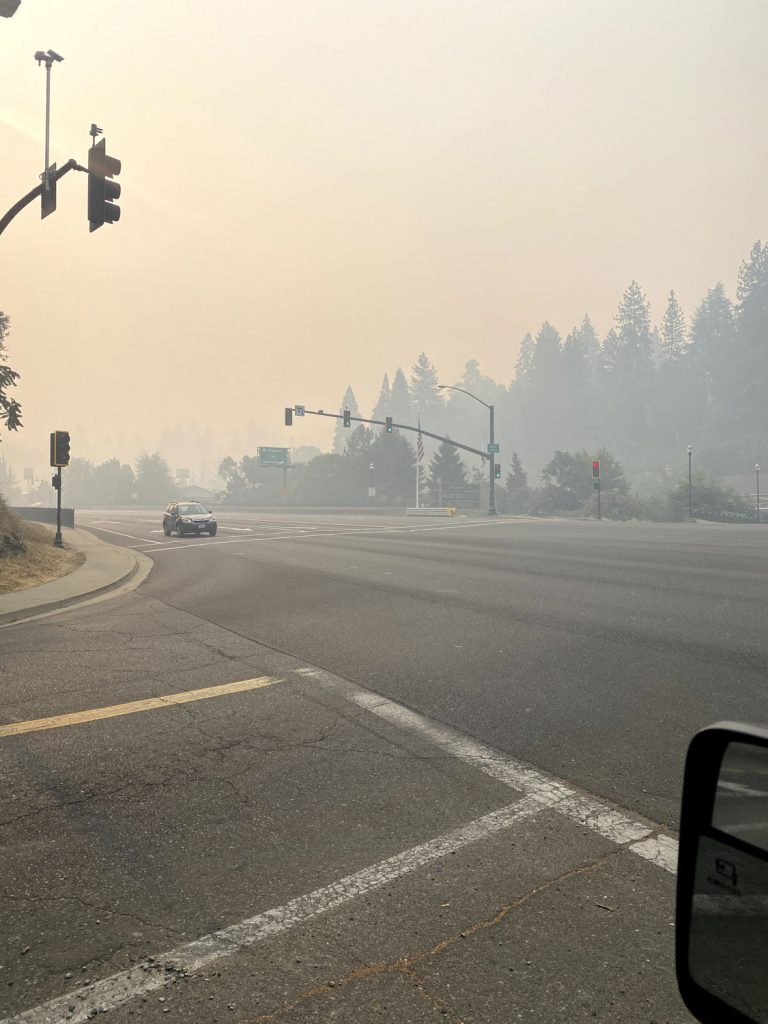Land Use
Fire on the Trail
Story and Photos by Rich Klein
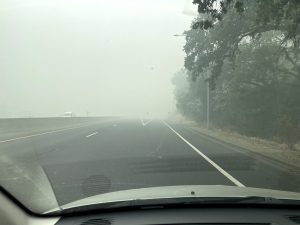 The history of land management in North America precedes the arrival of Spanish, Russian, or Anglo Europeans. From all accounts, it appears the Native American tribes practiced forest and grassland management to keep the forests and grasslands healthy. The primary management technique used fire to keep vegetation from choking out the forest floor and the grasslands from brushing over.
The history of land management in North America precedes the arrival of Spanish, Russian, or Anglo Europeans. From all accounts, it appears the Native American tribes practiced forest and grassland management to keep the forests and grasslands healthy. The primary management technique used fire to keep vegetation from choking out the forest floor and the grasslands from brushing over.
These smaller, purposely set fires would offset natural occurring fires by lightning, burning smaller areas of land as needed. The idea was to allow the larger trees to canopy the forest floor while keeping the brushy undergrowth minimal. This complemented the naturally occurring lightning fires, earth’s own land management system.
These practices were recorded by the earliest settlers and in the Indian’s oral history. Early Naturalists and forestry officials found evidence of these burns in trees that were sometimes hundreds or even a thousand years in age. Seeing the evidence of many minor fire occurrences in the seasonal rings of the trees studied.
With the coming of foreigners to North America and the settlement of permanent population centers, this established practice of land management was abandoned. This lead to overgrowth of brushy materials in both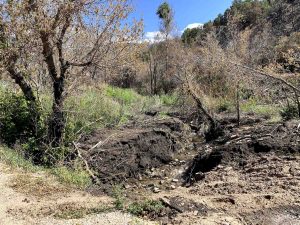 the forests and grasslands. As settlers began logging operations, the idea of managed logging was unheard of. Significant clear cuts of timber were removed with deforestation, debris from these logging operations went uncleared and
the forests and grasslands. As settlers began logging operations, the idea of managed logging was unheard of. Significant clear cuts of timber were removed with deforestation, debris from these logging operations went uncleared and
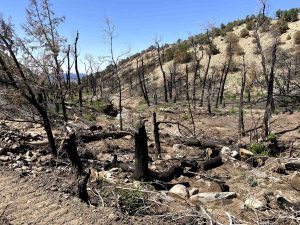
began to choke the previously cleaned forest floors. This started the phenomenon known as wildfires. Fires that developed to uncontrollable raging fires that could burn for weeks or even months. Such as the Big Burn of 1910 that burned 3 million acres across northern Idaho, western Montana, eastern Washington, and southwest British Columbia. This firestorm is primarily considered the starting point for modern fire prevention and suppression.
Ferdinand Silcox, one of the people who fought the fire, became the fifth chief of the National Forest Service. Influenced by the devastation of the Big Burn, Silcox promoted the “10 a.m.” policy, intending to suppress all fires by 10 a.m. of the day following their report. The Forest Service was to prevent and battle every wildfire. More recently, this absolutist attitude to wildfires has been criticized for altering the natural disturbance mechanisms that drive forest ecosystem structure, increasing the destructive potential of forest fires.
Until the late 1980s, the 10 a.m. rule was the way we managed fires in our forests, proving to be a cause of more great firestorms. In about 1990, Forest Service Chief Jack Ward Thomas backed away from the blanket fire suppression strategy, declaring that some fires should be fought, but others allowed to burn. “Fire is neither good nor bad,” Thomas said. “It just is.”
Many activist/environmental organizations appear to wish to ignore the forests or wildlands in all possible manners: no logging, no public activities, no roads, no enjoyment or use of our natural renewable resources in any way; besides hiking or maybe snowshoeing during winter months.
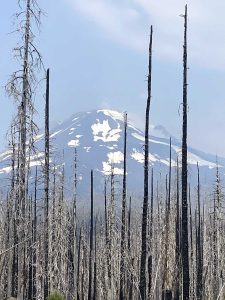 So where does all of this leave us today? 2021 has had two of our most extensive fires to date in Northern California. Until this year, no fires in recorded history had burned up one side of the Sierra Nevadas and crossed over to the other side, but that happened twice in the same year with the Dixie fire and the Caldor fire. These fires burned so fast and so hot that all the firefighters could do was try and steer the fire away from towns and communities in the fires’ path.
So where does all of this leave us today? 2021 has had two of our most extensive fires to date in Northern California. Until this year, no fires in recorded history had burned up one side of the Sierra Nevadas and crossed over to the other side, but that happened twice in the same year with the Dixie fire and the Caldor fire. These fires burned so fast and so hot that all the firefighters could do was try and steer the fire away from towns and communities in the fires’ path.
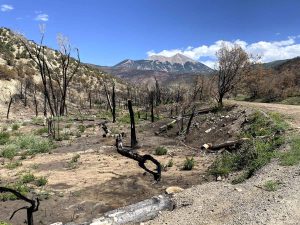 Controlled burns, a method used to manage forest ecosystems, much like those used by the natives, have been hampered by the California Air Resources Board, known as CARB. Areas that have been selectively cut and raked (yes, that’s a thing) into slash piles have not been allowed to be cleared by burning because of air quality concerns. Yet, when fires like the Dixie or Caldor happen, not only are these slash piles finally burnt but thousands upon thousands of acres of forest land with them. Making the air quality much worse than what initially burning those slash piles would have been.
Controlled burns, a method used to manage forest ecosystems, much like those used by the natives, have been hampered by the California Air Resources Board, known as CARB. Areas that have been selectively cut and raked (yes, that’s a thing) into slash piles have not been allowed to be cleared by burning because of air quality concerns. Yet, when fires like the Dixie or Caldor happen, not only are these slash piles finally burnt but thousands upon thousands of acres of forest land with them. Making the air quality much worse than what initially burning those slash piles would have been.
How do we get back on track protecting our forests, our livelihoods, our personal property, and our lives? Let’s look back on the methods of the natives, let’s adopt policies that align themselves with those values. Let us use public lands within a limited inclusive scope and harvest our renewable forest products. Let’s clear and replant areas of dead bug killed forests; let’s actually MANAGE our forests!

